Mysticism, witchery and the occult: inside the world of tarot
London exhibition ‘Tarot: Origins & Afterlives’ at the Warburg Institute considers seven centuries of tarot
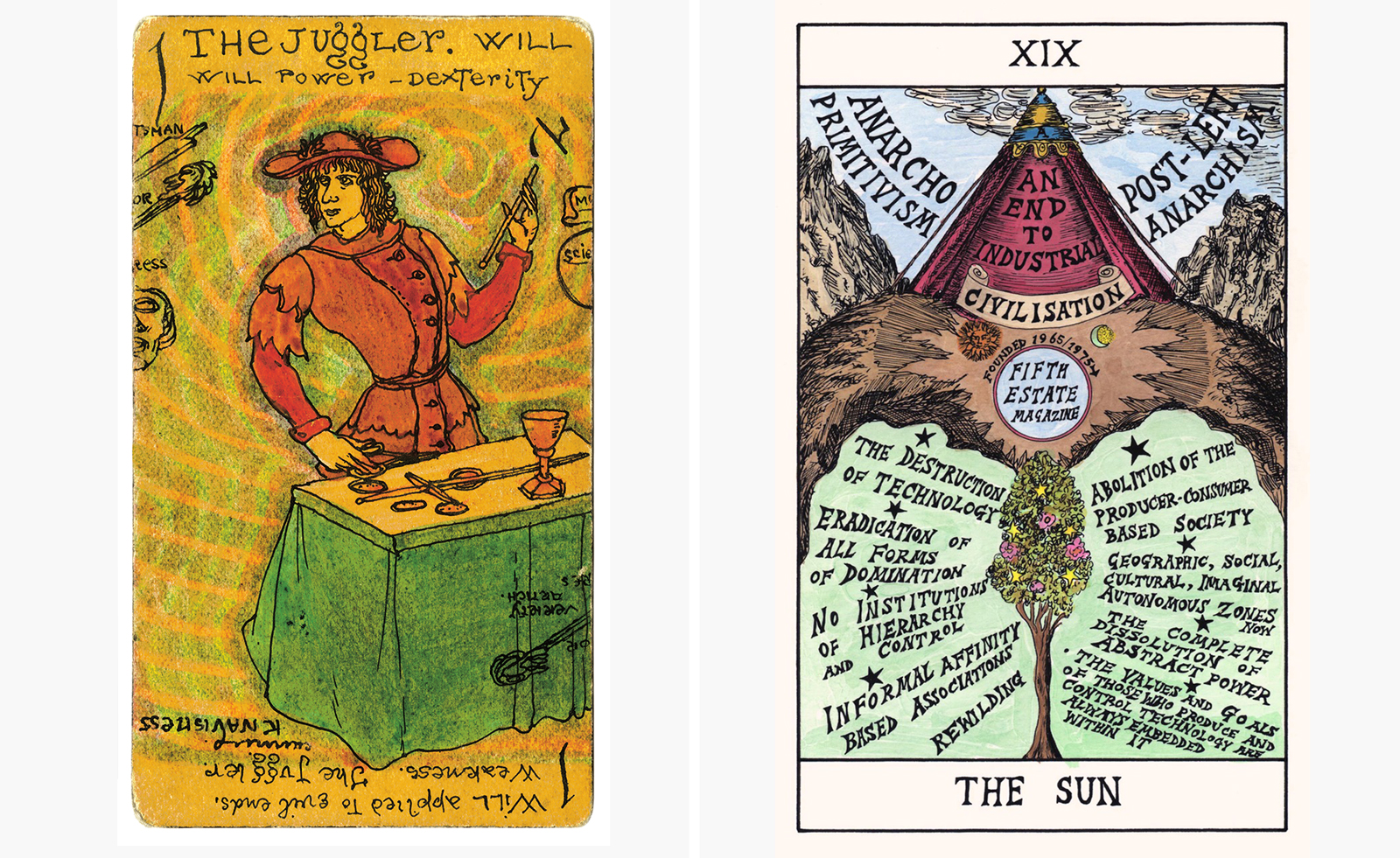
Tarot is a cultural chameleon. It started as a courtly card game in 15th-century Italy, used in recreational settings and informed by the humanist culture of the period. It wasn’t until the 18th and 19th centuries that it became interwoven with the occult revival, an aspect with which it has remained associated to this day. In the 21st century, it is used simultaneously as a guiding force and lighter hobby, finding new life on social media. An exhibition, ‘Tarot: Origins & Afterlives’, at the Warburg Institute in London, delves into seven mercurial centuries. The show, which debuts the institute’s public gallery, spotlights the artists who have interpreted and reimagined tarot’s compelling format.
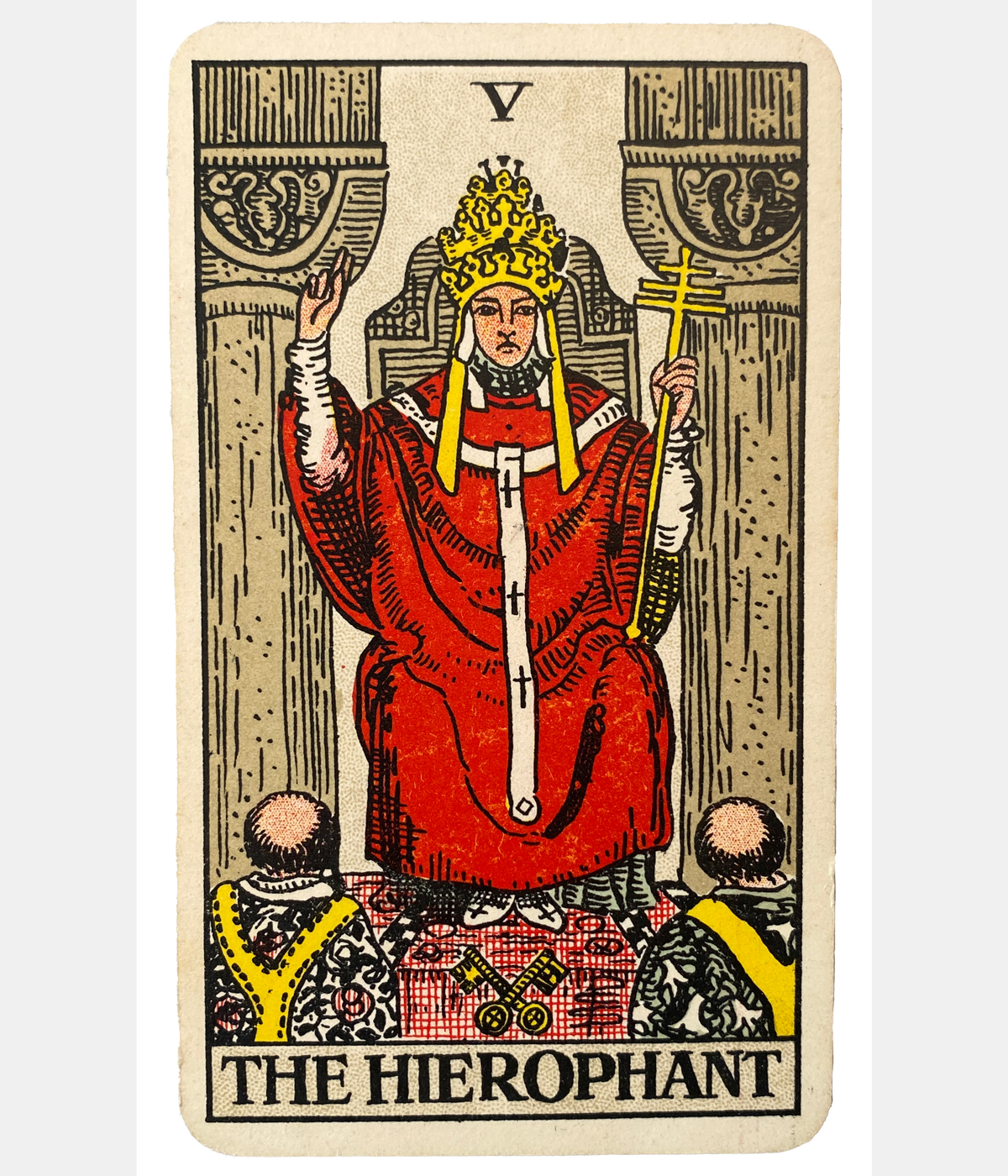
Pamela Colman Smith, The Hierophant card from Rider- Waite-Smith Tarot (1909)
‘Tarot is being used today as a tool to model resistance and tell different stories about the contemporary world’
Curator Jonathan Allen
The institute was founded by Aby Warburg 120 years ago to explore the role of images within society. ‘It’s a really pioneering, radical approach to how we study the visual world around us that has never had a public face,’ says the gallery’s director Bill Sherman. ‘Warburg was interested in the image rather than the artwork, and the way culture moves through time and space. Cards, along with postage stamps and tapestries, are these portable image carriers. Tarot is an excellent example. Take the way the Neoclassical imagery in the Sola Busca tarot of 15th-century Northern Italy ends up influencing the occult revival in late-19th and early-20th-century Britain.’
In recent years, tarot has piqued public interest. This could be understood in connection with a wider intrigue about mysticism and witchery; in the art world, major shows have returned to the work of occult followers such as Hilma af Klint, Leonor Fini and Leonora Carrington. The promise of guidance and higher purpose is appealing in increasingly secular societies. ‘You don’t have to be a member of the golden dawn now,’ says Allen. ‘The occult has been transformed and democratised, especially because of digital technology. Tarot is a democratic form because it’s physically accessible, affordable, and visual.’
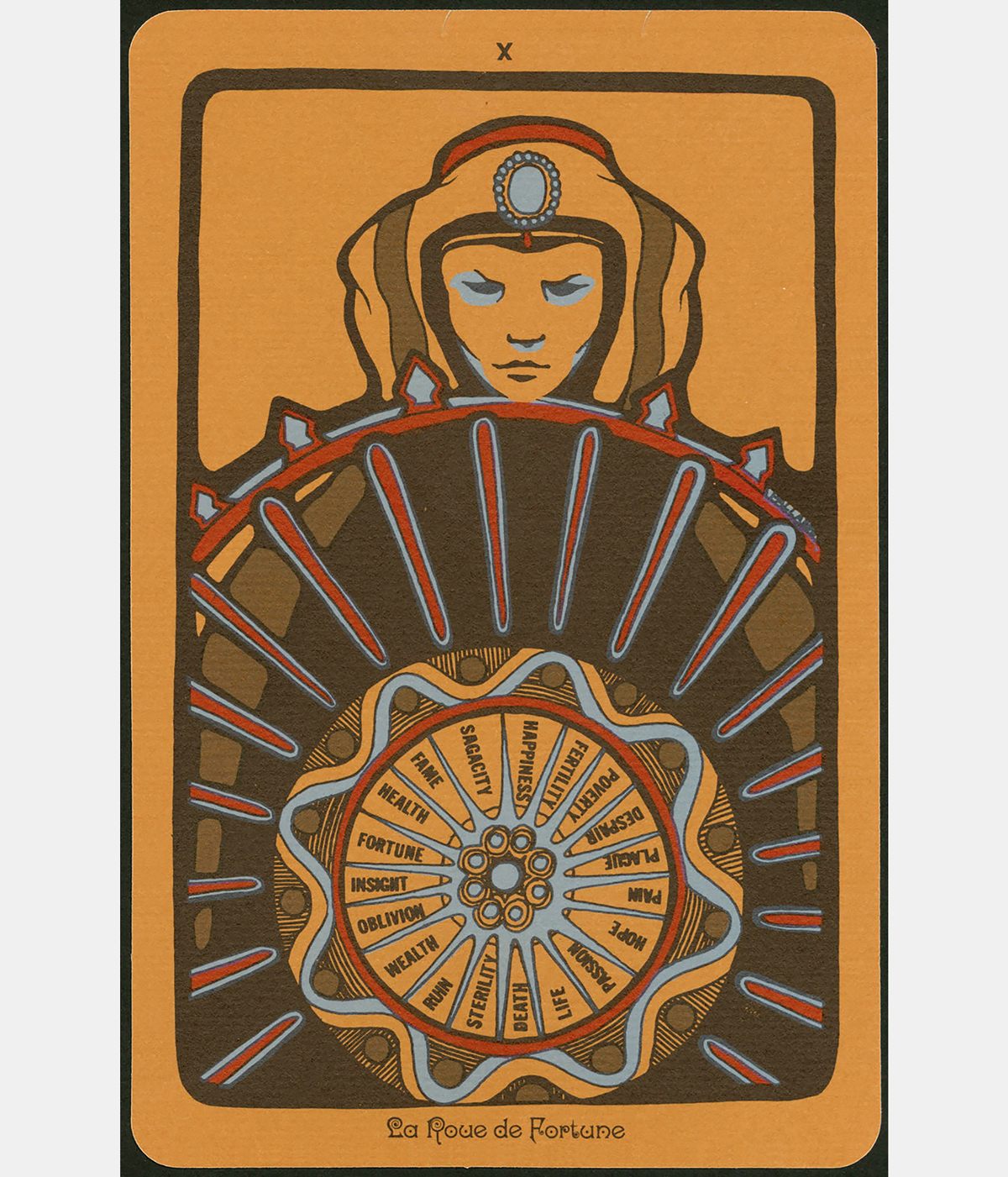
The Wheel of Fortune card by David Palladini for the Linweave tarot, Brown Company (1967)
Curator Jonathan Allen sees tarot offering comfort away from tense online dynamics, highlighting Suzanne Triester’s Tate Modern Lates live tarot readings in 2024, using her Hexen 2.0 work with a group of 200 people (the artist’s updated version of her Hexen 2.0 has been made for the Warburg show). ‘The online space is so polarised and fractious,’ says Allen. ‘The reading context that tarot can offer is a potential site-specific encounter in a safe space. It’s haptic, it’s physical. There is a rise in group reading contexts.’
The exhibition celebrates the creative flair that artists bring to tarot, often creating designs at a larger scale and then shrinking them down. Aleister Crowley and Lady Frieda Harris’ original paintings, made during the Second World War, are rendered in richly saturated colours with a psychedelic pulse. ‘They’re very powerful at that size. I think their room is going to blow people away,’ says Sherman. ‘Tarot is an unusual example of a limited set of conventions or frames around which artists must work. You can’t just reinvent the wheel of fortune. I think those limitations can often be key to productive creative work.’
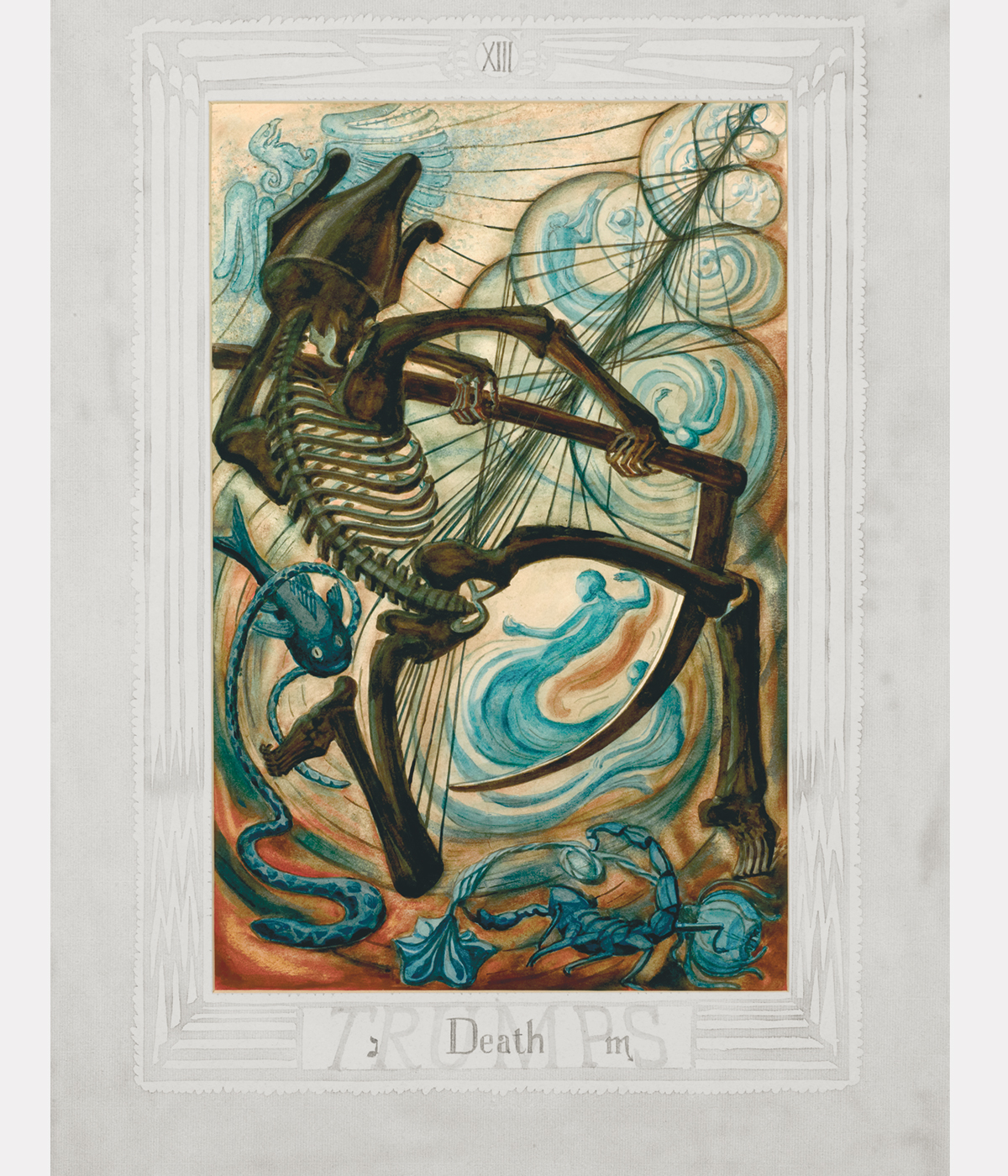
Frieda Harris, original painting of ‘Death’ card for Aleister Crowley’s Thoth Tarot (1937-43)
British artist and occultist Austin Osman Spare’s innovative, hand-painted deck from 1909 is also included, which Allen discovered in The Magic Circle’s collection. ‘I couldn’t quite believe what I had in my hand,’ he says. ‘We know nothing about it from Spare because he never wrote about it, so we’re speculating, but it shows all evidence of being his personal training deck. Lots of experiments seem to be happening; he drew and wrote across the boundaries of the cards.’
While many still connect tarot with its captivating occult status, the exhibition puts forth a full-circle narrative. ‘We’re sort of arguing that tarot has more in common now with its ludic origins as a serious game for mediating complexity and telling alternative ways of making meaning,’ says Allen. ‘Tarot is being used today as a tool to model resistance and tell different stories about the contemporary world.’
Receive our daily digest of inspiration, escapism and design stories from around the world direct to your inbox.
'Tarot: Origins & Afterlives’ at the Warburg Institute, London, until 30 April 2025
Emily Steer is a London-based culture journalist and former editor of Elephant. She has written for titles including AnOther, BBC Culture, the Financial Times, and Frieze.
-
 Volvo’s quest for safety has resulted in this new, ultra-legible in-car typeface, Volvo Centum
Volvo’s quest for safety has resulted in this new, ultra-legible in-car typeface, Volvo CentumDalton Maag designs a new sans serif typeface for the Swedish carmaker, Volvo Centum, building on the brand’s strong safety ethos
-
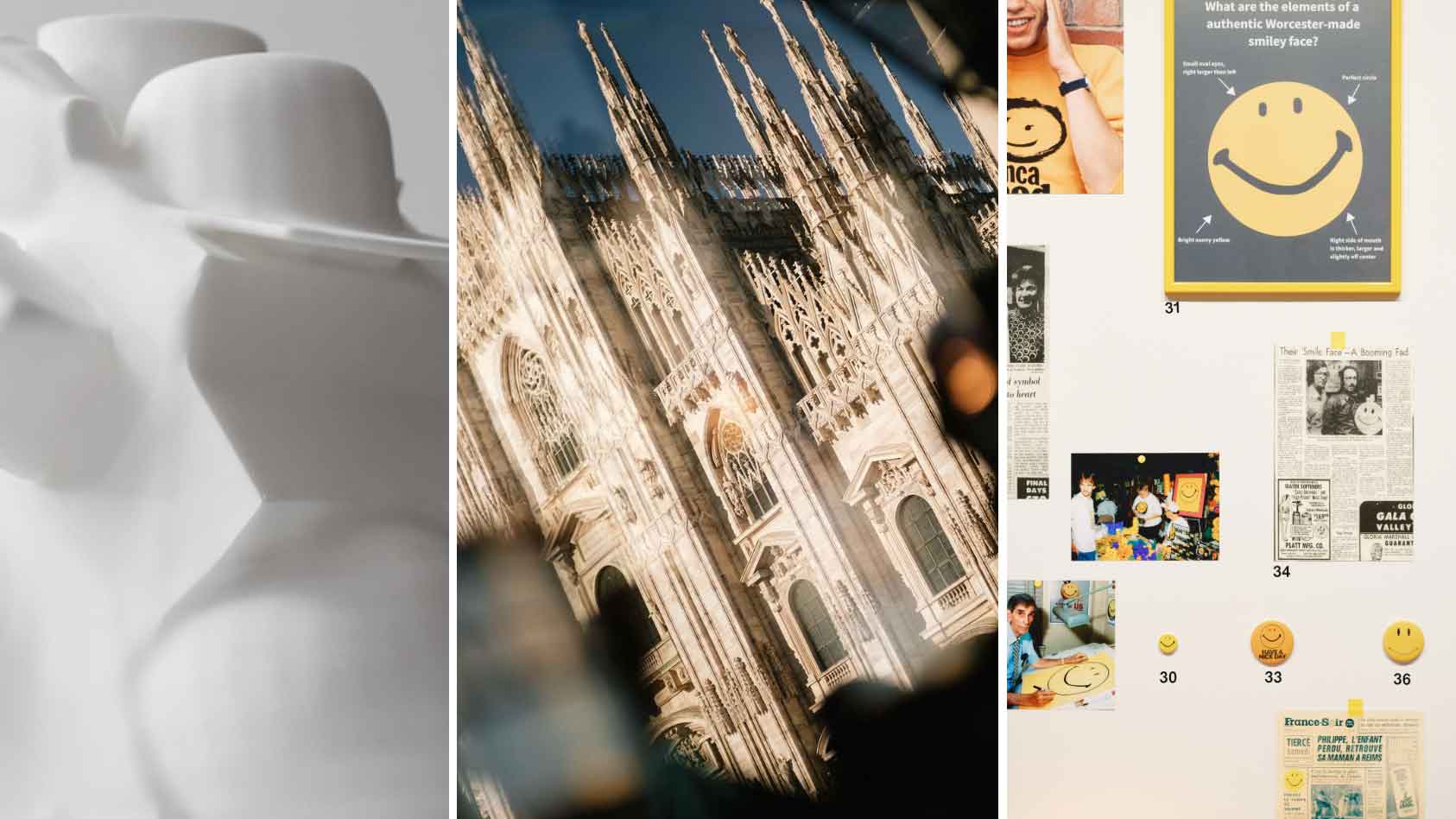 We asked six creative leaders to tell us their design predictions for the year ahead
We asked six creative leaders to tell us their design predictions for the year aheadWhat will be the trends shaping the design world in 2026? Six creative leaders share their creative predictions for next year, alongside some wise advice: be present, connect, embrace AI
-
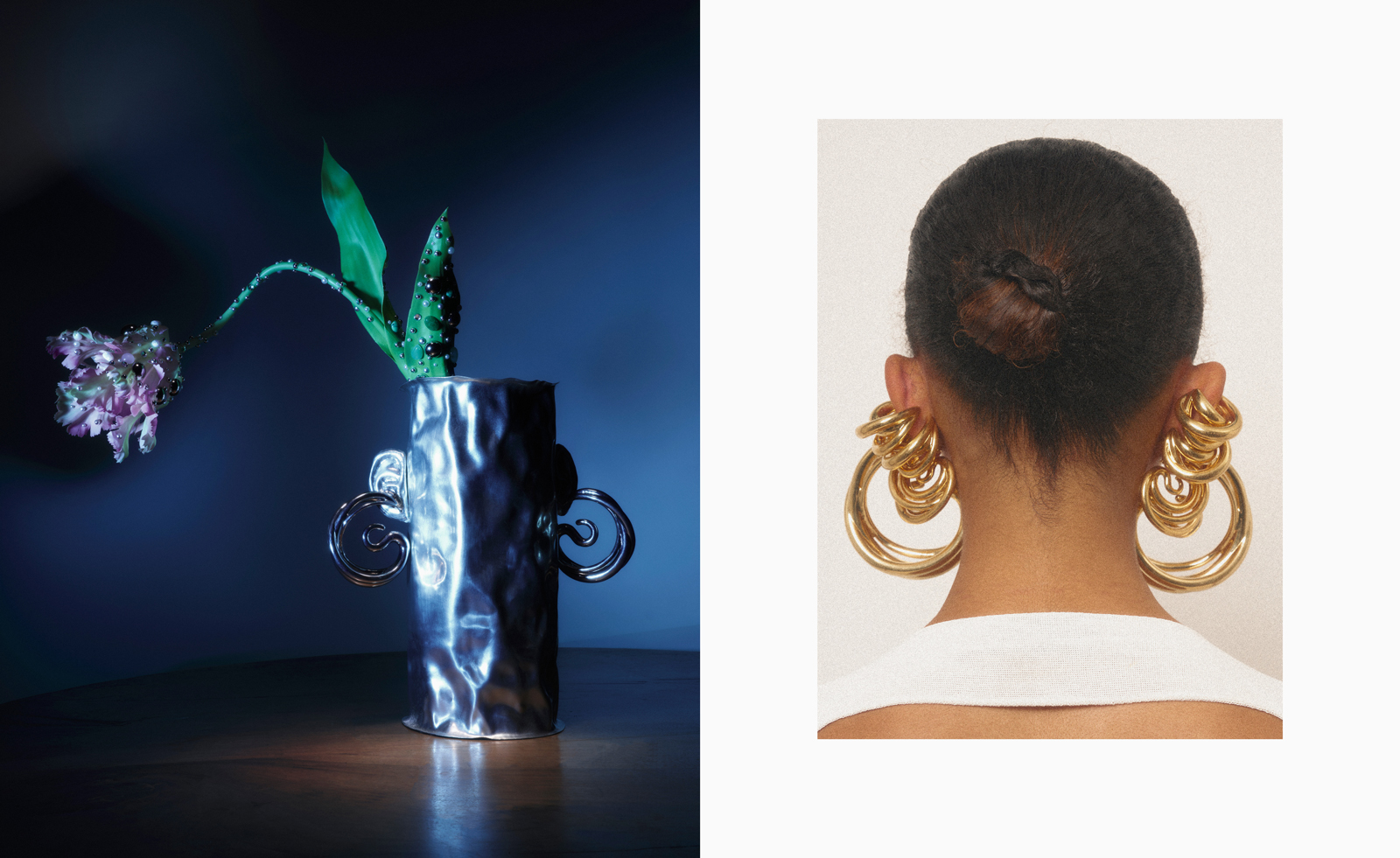 10 watch and jewellery moments that dazzled us in 2025
10 watch and jewellery moments that dazzled us in 2025From unexpected watch collaborations to eclectic materials and offbeat designs, here are the watch and jewellery moments we enjoyed this year
-
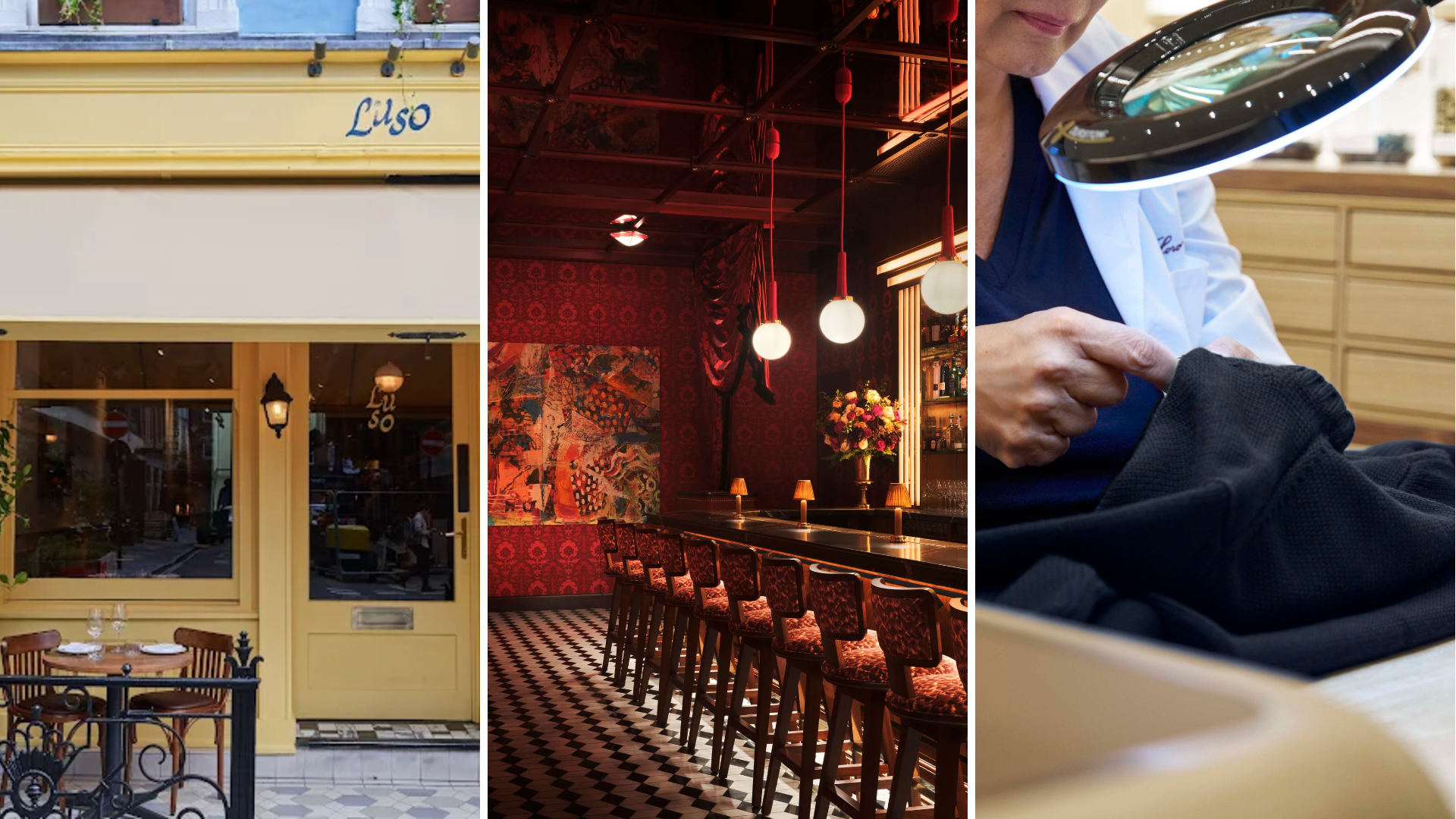 Out of office: The Wallpaper* editors’ picks of the week
Out of office: The Wallpaper* editors’ picks of the week'Tis the season for eating and drinking, and the Wallpaper* team embraced it wholeheartedly this week. Elsewhere: the best spot in Milan for clothing repairs and outdoor swimming in December
-
 Out of office: The Wallpaper* editors’ picks of the week
Out of office: The Wallpaper* editors’ picks of the weekFar from slowing down for the festive season, the Wallpaper* team is in full swing, hopping from events to openings this week. Sometimes work can feel like play – and we also had time for some festive cocktails and cinematic releases
-
 The Barbican is undergoing a huge revamp. Here’s what we know
The Barbican is undergoing a huge revamp. Here’s what we knowThe Barbican Centre is set to close in June 2028 for a year as part of a huge restoration plan to future-proof the brutalist Grade II-listed site
-
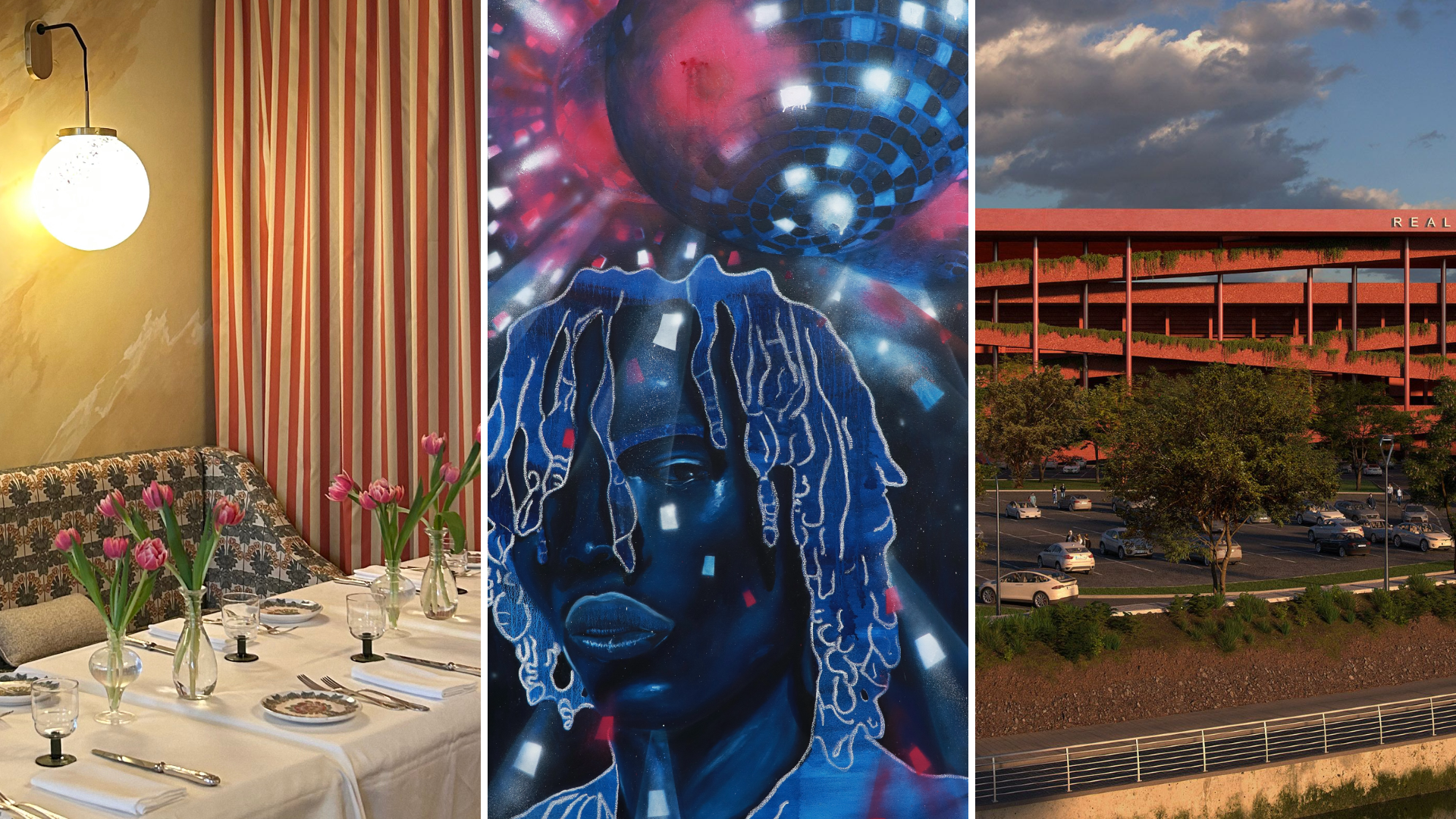 Out of office: The Wallpaper* editors’ picks of the week
Out of office: The Wallpaper* editors’ picks of the weekIt’s wet, windy and wintry and, this week, the Wallpaper* team craved moments of escape. We found it in memories of the Mediterranean, flavours of Mexico, and immersions in the worlds of music and art
-
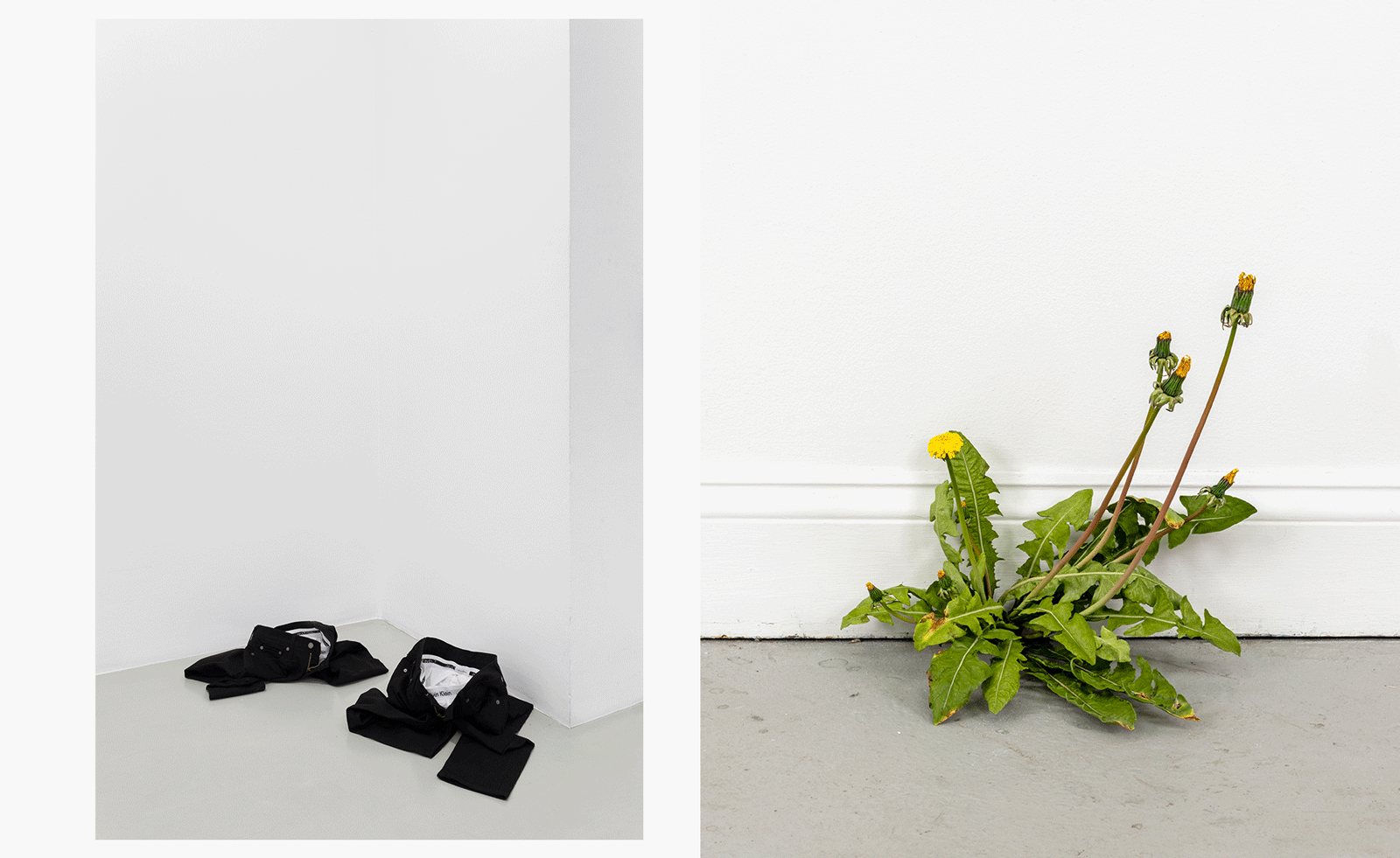 Each mundane object tells a story at Pace’s tribute to the everyday
Each mundane object tells a story at Pace’s tribute to the everydayIn a group exhibition, ‘Monument to the Unimportant’, artists give the seemingly insignificant – from discarded clothes to weeds in cracks – a longer look
-
 Out of office: The Wallpaper* editors’ picks of the week
Out of office: The Wallpaper* editors’ picks of the weekThis week, the Wallpaper* team had its finger on the pulse of architecture, interiors and fashion – while also scooping the latest on the Radiohead reunion and London’s buzziest pizza
-
 Out of office: The Wallpaper* editors’ picks of the week
Out of office: The Wallpaper* editors’ picks of the weekIt’s been a week of escapism: daydreams of Ghana sparked by lively local projects, glimpses of Tokyo on nostalgic film rolls, and a charming foray into the heart of Christmas as the festive season kicks off in earnest
-
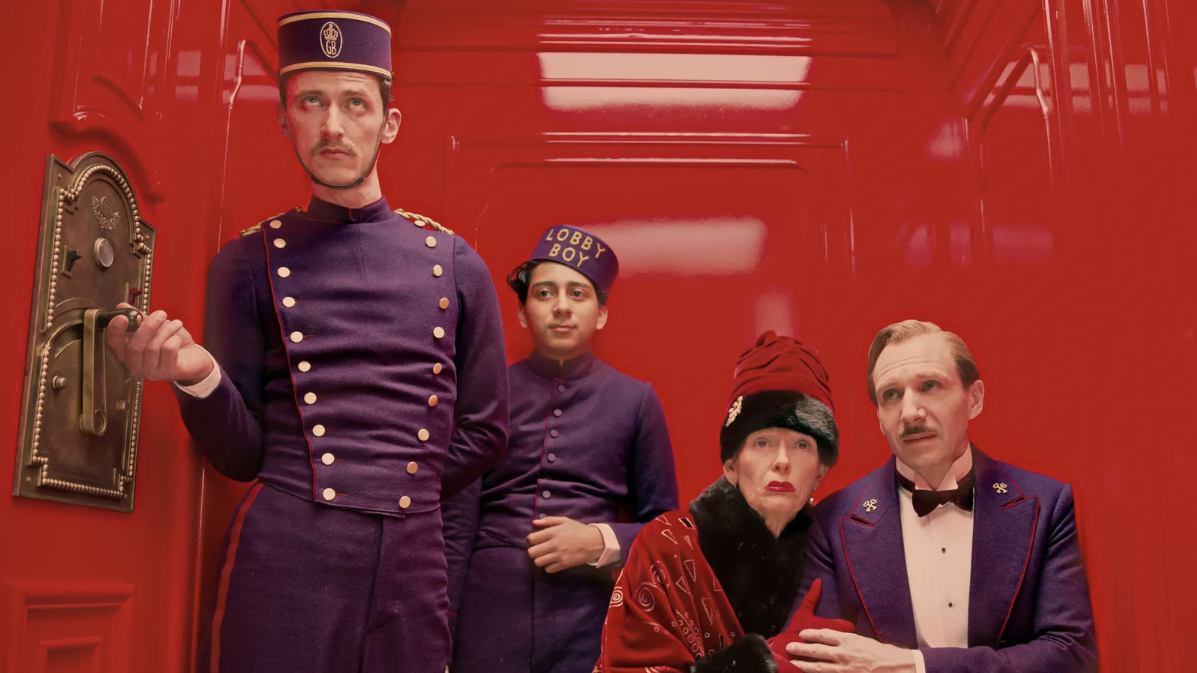 Wes Anderson at the Design Museum celebrates an obsessive attention to detail
Wes Anderson at the Design Museum celebrates an obsessive attention to detail‘Wes Anderson: The Archives’ pays tribute to the American film director’s career – expect props and puppets aplenty in this comprehensive London retrospective